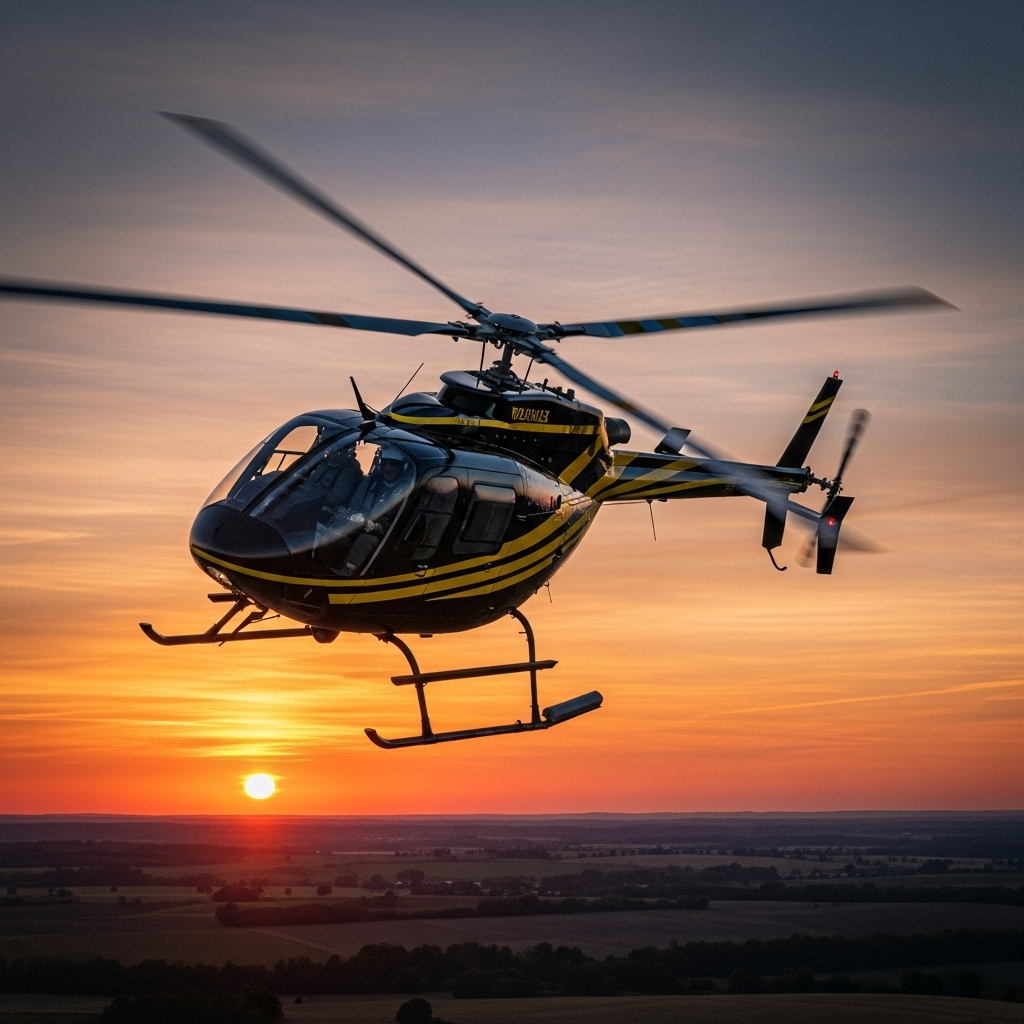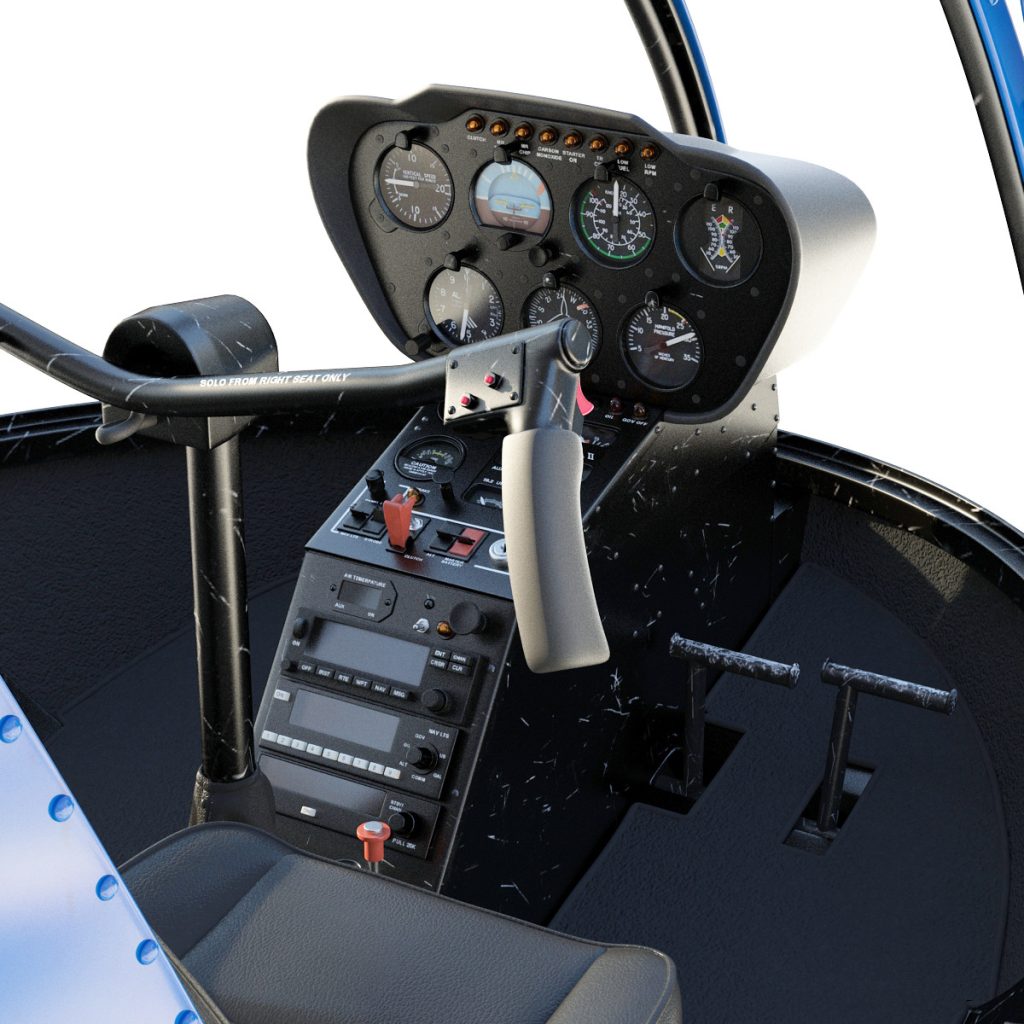The landscape of helicopter training is undergoing a significant transformation driven by the rapid advancement of avionics technology. Modern avionics systems, once limited to operational aircraft, are now becoming integral to training programs, offering enhanced realism, safety, and efficiency. These innovations are not only redefining how pilots learn and hone their skills but also paving the way for a new era of precision and confidence in helicopter piloting. As avionics continue to evolve, their integration into training paradigms promises to produce more competent and adaptable pilots, capable of navigating increasingly complex aviation environments.
The Evolution of Helicopter Avionics: A New Training Paradigm
The evolution of helicopter avionics has shifted the focus from basic navigation and communication tools to sophisticated integrated systems that simulate real-world scenarios. Early training relied heavily on manual controls and visual cues, but today’s avionics include digital displays, autopilot systems, terrain awareness, and collision avoidance technologies. These advancements enable a more comprehensive training approach, allowing pilots to familiarize themselves with the latest cockpit environments in a controlled setting. The transition to advanced avionics has fostered a paradigm shift, emphasizing not only operational proficiency but also the ability to manage complex electronic systems, thereby aligning training with modern helicopter operations.
Integrating Simulation Technologies for Enhanced Pilot Preparedness
Simulation technologies have become a cornerstone of contemporary helicopter training, greatly benefiting from advanced avionics integration. High-fidelity flight simulators now incorporate real avionics systems, providing pilots with immersive experiences that closely mimic actual flight conditions. These simulators facilitate scenario-based training, including emergency procedures and adverse weather operations, without the risks associated with live flying. By integrating real-time avionics data, trainees can develop critical decision-making skills and familiarize themselves with system interactions under various conditions. This integration ensures that pilots are better prepared for real-world challenges, reducing training costs and enhancing overall safety.
Real-Time Data and Feedback: Improving Skill Development in Training
The incorporation of real-time data and feedback mechanisms in helicopter training has revolutionized skill development. Advanced avionics systems continuously monitor pilot inputs, aircraft performance, and environmental conditions, providing instant feedback to trainees and instructors. This immediate insight allows for targeted coaching, helping pilots recognize and correct errors promptly. Moreover, data analytics can track progress over time, identifying areas needing improvement and customizing training programs accordingly. Such real-time, data-driven approaches foster a more effective learning environment, accelerating skill acquisition and ensuring pilots attain higher levels of competency and confidence.
Future Trends: How Advanced Avionics Will Shape Helicopter Piloting
Looking ahead, advanced avionics are poised to further revolutionize helicopter piloting through innovations like artificial intelligence, enhanced automation, and augmented reality. Future systems may offer predictive analytics for maintenance and flight planning, as well as adaptive autopilot functions that assist pilots during complex maneuvers. Augmented reality could overlay critical information within a pilot’s field of view, improving situational awareness during flight. As these technologies become more sophisticated and widespread, helicopter training will increasingly focus on managing automated systems and human-machine interaction. Ultimately, these advancements will lead to safer, more efficient, and more versatile helicopter operations, shaping the future of pilot training and aviation itself.
The integration of advanced avionics into helicopter training marks a pivotal shift toward safer, more effective, and more realistic pilot preparation. With continued technological innovation, future pilots will benefit from immersive simulation experiences, real-time feedback, and intelligent systems that enhance decision-making and operational efficiency. As the industry embraces these changes, the evolution of helicopter avionics will undoubtedly play a crucial role in shaping the next generation of skilled, confident, and adaptable helicopter pilots.


